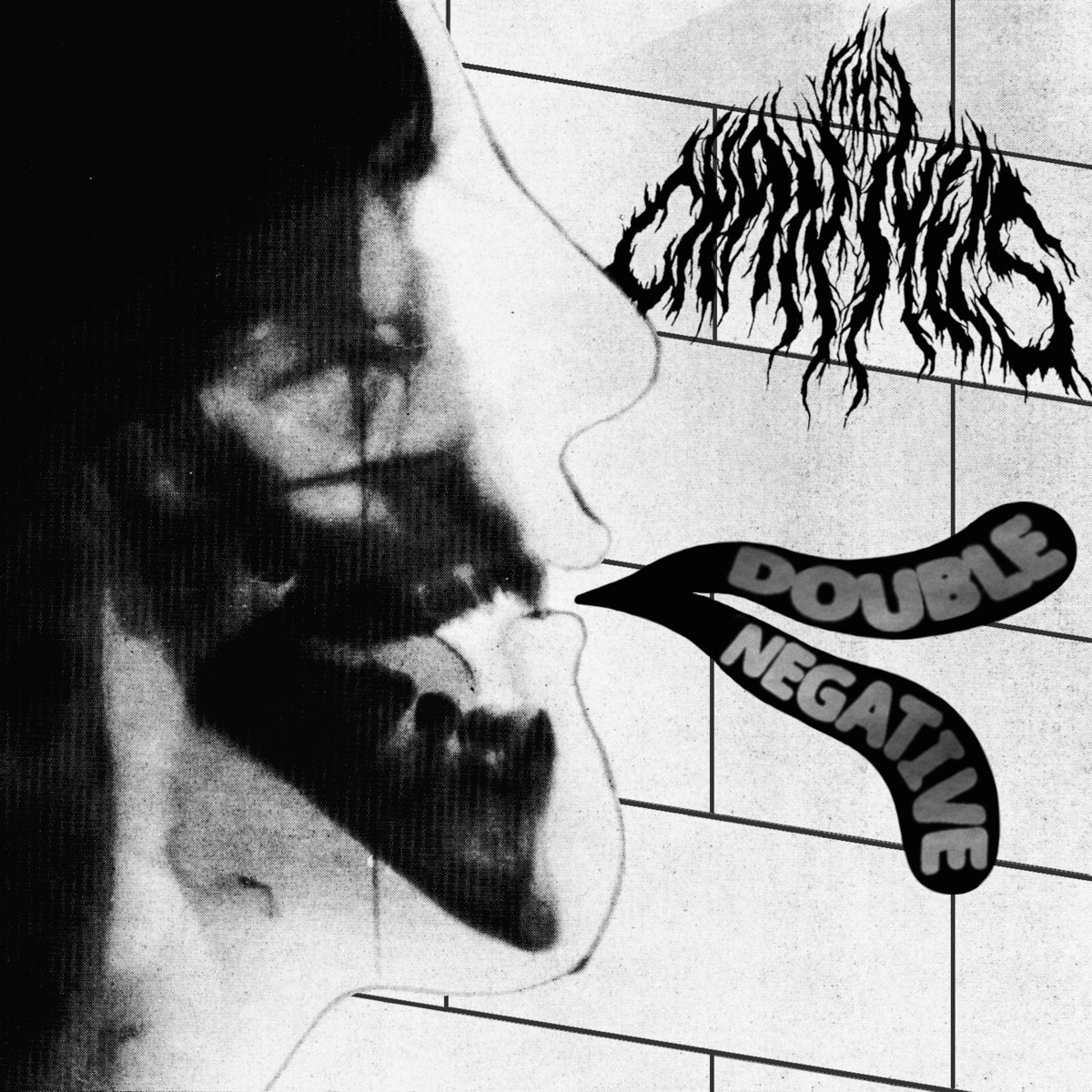Phillipe Roberts
Deeply apocalyptic and hauntingly personal, the no-wave clatter of The Channels will give you the creeps for days on end in the best of ways. Led by guitarist-vocalist Wes Kaplan—whose solo project, The Craters, also released a phenomenal record last year—the band creates roaring rhythmic conversations, locking into hellish, nerve-wracking grooves that call to mind noise pioneers Arab on Radar and DNA and grinding them to pieces with caustic precision. The sounds are metallic and abrasive, courtesy of prepared guitar techniques paired with a minimal use of effects that envelop them in a sleek alien sheen. Even for the initiated, alien is probably the best description of The Channels. On their upcoming album through Drop Medium, Double Negative, an extraterrestrial heart attack with eerie hooks in all the wrong places, their formidable howling is magnified to hypnotic new heights.
Our first taste of Double Negative comes wrapped up in the controlled chaos of “See No Reason,” one of the more straightforward numbers that can’t help but come off as lightly anthemic despite The Channels’ fascination with the grotesque. Kaplan’s distorted guitar sirens square off against the powerful rhythm section of drummer Nick Baker and bassist Ian Kovaks (formerly of Guerilla Toss), weaving a flurry of delayed notes in between their unexpectedly funky backbeat. “Everyone knows it’s a fucked up town,” he chants in the breakdown, yawning with detached slacker coolness, perking up into echoes of “I see no reason / To stick around,” as the track tears off into oblivion. Like sleepwalking through a nightmare, Double Negative dances on the edge of fear with supernatural grace.









